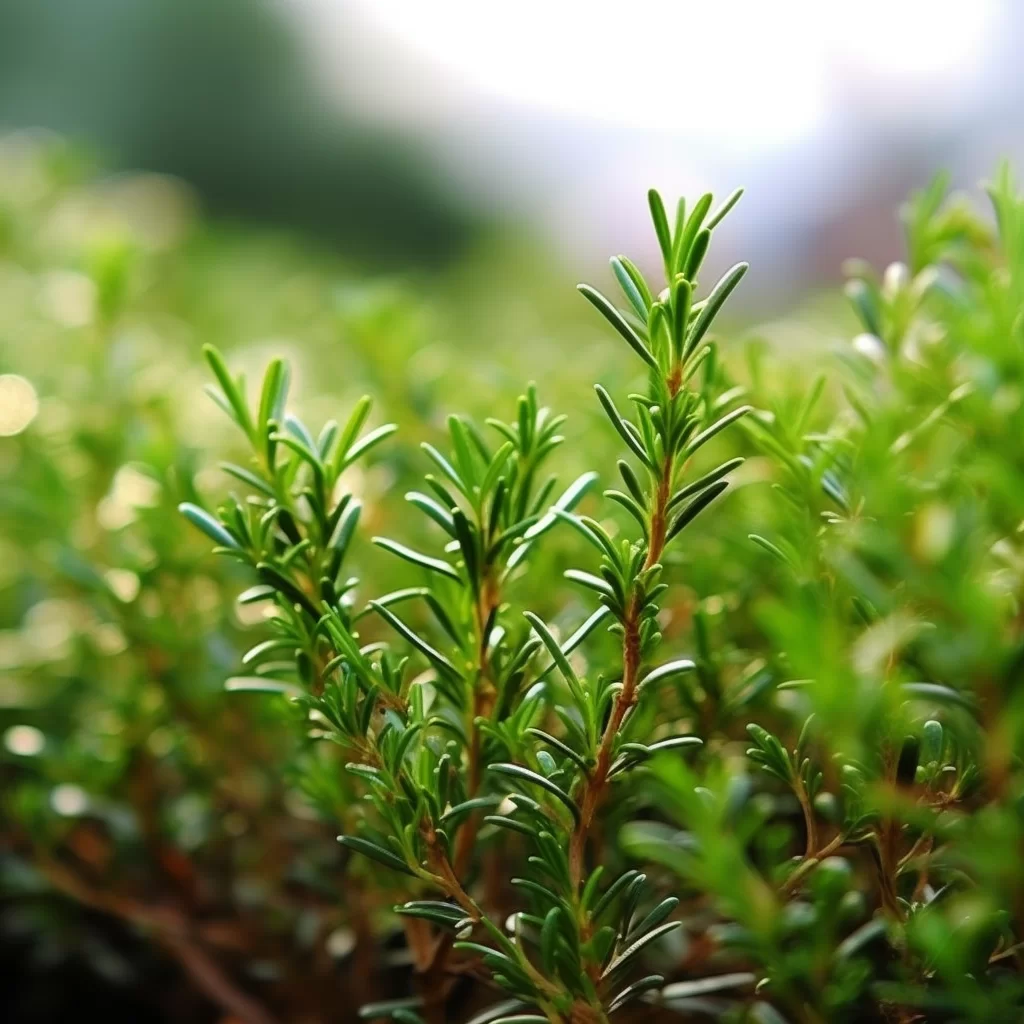Story of Day :
Contents
The Complete Guide to Growing and Caring for Rosemary Herb
Are you a fan of aromatic herbs that add flavor and fragrance to your cooking? If yes, then you must have heard about the incredible rosemary herb.
This beautiful shrub is an evergreen member of the mint family known for its Mediterranean flavor and medicinal properties.
Growing your own rosemary plant not only offers a fresh supply of flavorful leaves but also adds beauty and texture to your garden.
In this article, we’ll provide you with everything you need to know about how to grow and care for rosemary herb plants.
Choosing the Right Location
- Rosemary requires at least 6 hours of direct sunlight daily
- Avoid placing it in areas with high humidity or stagnant air
- The herb grows best in well-draining soil with a pH between 6-7.5
Planting Rosemary Herb Seedlings
- You can purchase pre-grown rosemary plants from local nurseries or start growing them from seedlings indoors.
- Sow seeds during spring when temperatures are around 60°F-70°F; this will allow germination within two weeks.
- If planting outdoors, wait until after the last frost has passed before transplanting seedlings into the ground.

Caring for Your Rosemary Plant
- Water:Rosemaries require moderate watering; avoid over-watering as it can damage their roots.
Water only when soil feels dry by sticking your finger up to two inches below its surface area.
- Prune:Regular pruning ensures bushy growth and helps maintain the rosemary plant’s shape.
Prune off any dead or diseased branches to promote new growth.
- Fertilizer: Rosemary does not require regular fertilization and can survive with natural compost.
However, you can feed your plant with a slow-release, balanced fertilizer during the growing season if necessary.
Pests and Diseases
- Rosemary plant is generally pest-resistant, but aphids and spider mites might infest them occasionally.
Use natural remedies like spraying water with soap or neem oil to control pests.
- The herb is also susceptible to fungal infections like powdery mildew or root rot when over-watered or planted in poorly draining soil.

Harvesting Rosemary Leaves
You can start harvesting rosemary leaves once your plants have grown to at least six inches tall.
For best flavor, pick leaves before flowering from new shoots that have not yet become woody.

To harvest leaves:
- Pick only healthy-looking branches using garden shears
- Cut off individual sprigs from the top of the plant rather than removing entire branches
- Avoid taking more than one-third of a single branch at once
In Conclusion
Rosemary herb makes an excellent addition to any home garden as it’s both aesthetically pleasing and deliciously aromatic.
By following the tips in this guide, you can cultivate healthy rosemary plants that are sure to enhance your culinary skills and provide several health benefits.

If you’re new to gardening, start with one plant and learn as much as possible about its needs before moving on to another.
With time, patience, and practice, you’ll soon be harvesting fresh rosemary from your garden all year round!
